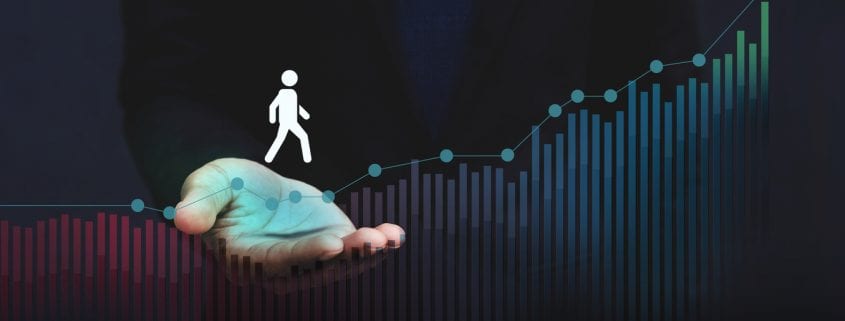
A Guide to the Awareness Stage of the Buyer’s Journey
When it comes to addressing the buyer’s journey, making sure that you have content available that addresses the awareness stage of the buyer’s journey is vital if you expect to draw in potential customers. If you try to skip this stage, you will end up losing a substantial number of potential leads. These leads are still looking for basic information and aren’t ready to make a purchase yet.
What Is The Awareness Stage Of The Buyer’s Journey?
Before you can start presenting one of your products or services as a solution, the consumer needs to know what their problem is. Otherwise, they’ll have no need for your solution. During the awareness stage, consumers know they have a problem but they don’t necessarily understand. They will likely be doing very general searches on Google and other search engines. They are attempt ing to learn more about the problem that they are dealing with.
For example, a consumer might notice that their current computer isn’t running properly or is having obvious problems. They are likely going to begin doing some basic research. For example, maybe their computer keeps freezing up. They may look up things like:
- Why is my computer freezing?
Does my computer need repairs?
- How to fix my computer?
- Do I need to replace my computer?
[Read about how to use the buyer’s journey to create great content]
They’ll explore content online that addresses such questions. This is so they can figure out exactly what their problem is by reading about examples of their problem. This can also help identify the cause of their problem. Only once they have gotten through the awareness stage and have managed to become more informed about their problem will they begin seeking out potential solutions.
Creating Content For The Awareness Stage Of The Buyer’s Journey
You will want to make sure you create a range of content that addresses the awareness stage of the buyer’s journey. This content should be optimized for SEO using keywords that your audience will use in their searches during the awareness stage. Keep in mind that during this stage of the buyer’s journey, you’re not attempting to sell anything. Rather, you are merely trying to attract potential customers. You can do so by providing content that is helpful, informative, and relevant to their needs. By providing content that helps your audience to identify what their problem is, you’ll be in a better position to recommend a solution.
Short-form blog content that’s highly focused on identifying the problem will be particularly helpful since it will be easy for consumers to scan. For example, if you were to create content addressing a consumer’s issue with a freezing computer, you might publish blog articles such as:
- 5 Reasons Your Computer is Freezing
- How to Prevent Your Computer From Freezing
- 5 Signs Your Computer Needs Repairs
- 5 Signs You Need to Replace Your Computer
Video content works well too, especially for mobile users. In the case of this example, it would be particularly beneficial for mobile users since their computers are on the fritz. In addition to short-form content, you’ll want to offer long-form content. This includes eBooks and white papers, which goes into greater detail that consumers can download in return for joining your email list. If your content is good enough, they’ll be more trusting of your brand and will continue doing research on your site.
The awareness stage of the buyer’s journey is where you attract new leads to your brand and provide helpful content. This content can help inform them about their pain points. It’s only once you’ve addressed the awareness stage that you can begin to present potential solutions to your audience, which is where the consideration stage comes in.

The landscape of the Internet is ever changing and Nicole has the energy and aptitude to keep Stevens & Tate Marketing out in front of the pack. She leads an enthusiastic team in strategic planning, development, search engine marketing, online promotions and advertising for the web.





